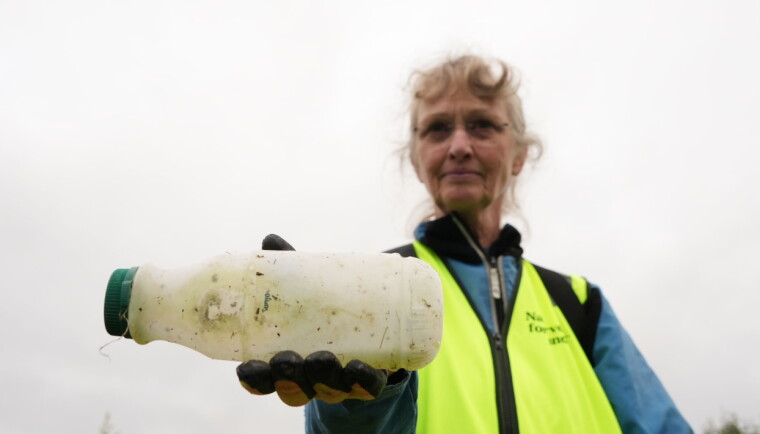
"I feel irritated looking at this pile of rubbish"
A group of volunteers in northern Norway have raised the alarm about the amount of plastic waste in nature.
‘Here’s a plastic bottle and here’s a Finnish sour cream package,’ says Kirkenes resident Gunnar Reinholdtsen, rummaging through a bag of rubbish he has just collected from the shore of the fjord in the northern town of Kirkenes.
On Tuesday evening, Gunnar and three other local residents decided to clean the area of around 200 square metres of the shores of the local fjord.
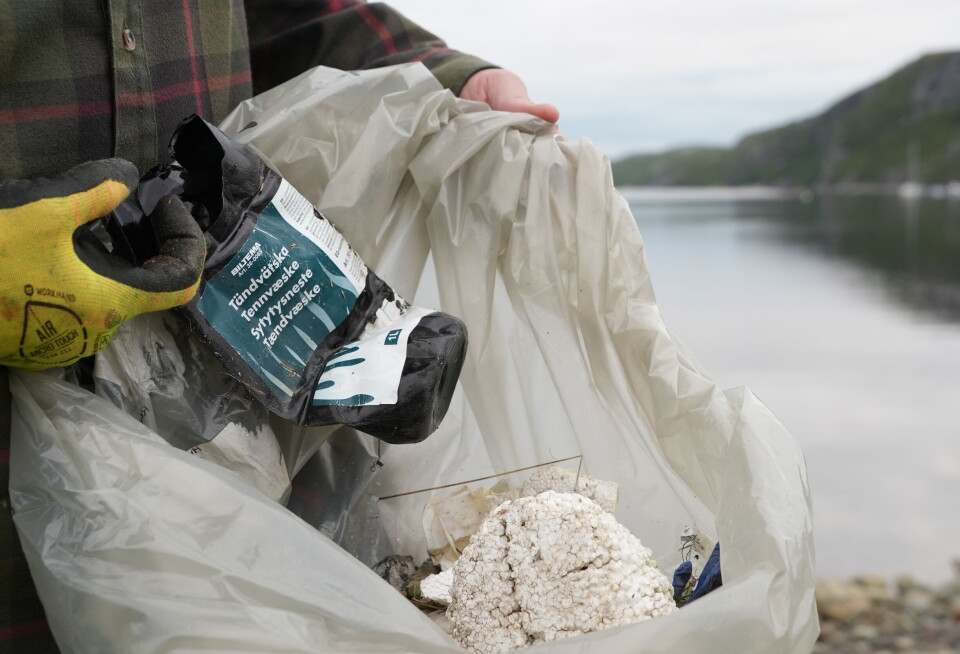
“Plastic breaks down into microplastics. All of this ends up in our oceans and seas, polluting the environment”, Anne Greve, who joined Gunnar on that day said. - “Some of the bottles we find here are 30 years old. Also, seagulls and other birds will be nesting here next spring. We want to clean up the area for them, too.”
Anne is part of the Norwegian Society for the Conservation of Nature (Naturvernforbundet) - a Norwegian volunteer-based organisation.
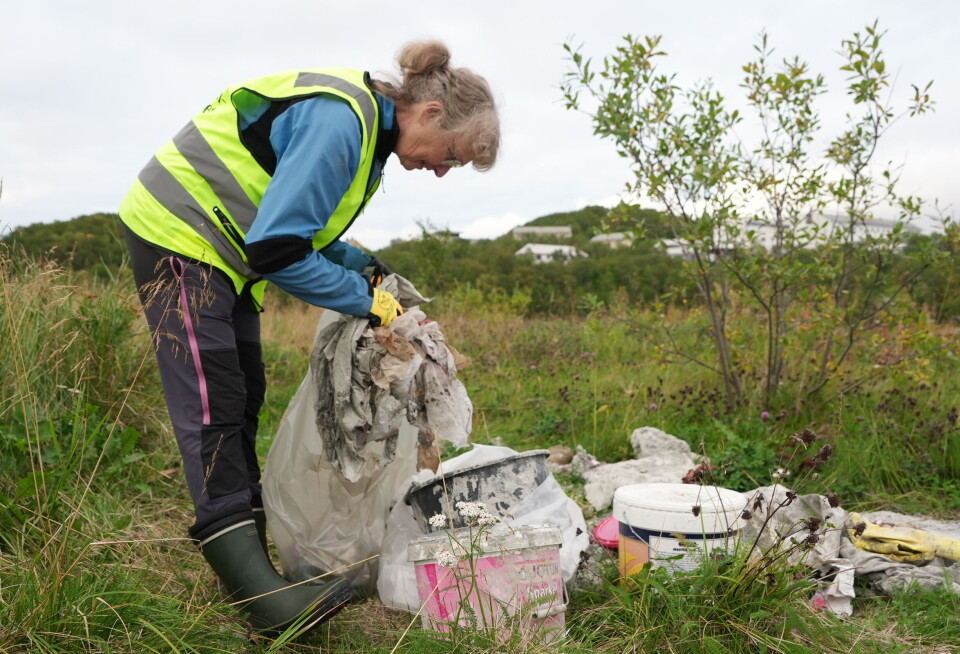
“We are an idealistic organisation. We want to protect the environment, so we clean up for free in our spare time,” says Anne.
“Someone has to do it,” Gunnar adds.

This organisation has been cleaning up litter in Norway for 50 years.
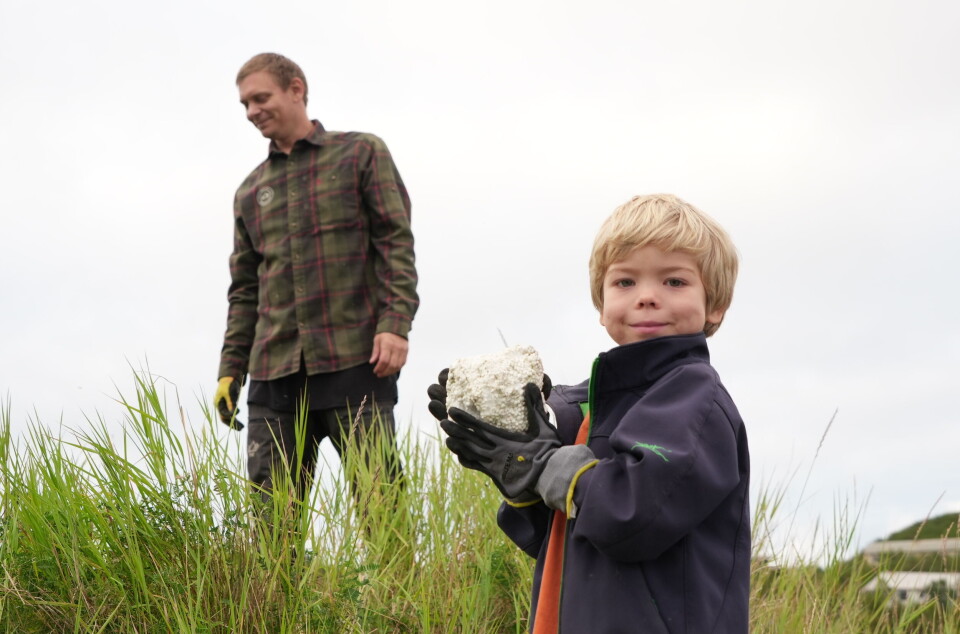
However, as the volunteers highlight, dealing with plastic waste is the challenge of modern times.
Every day, the equivalent of 2,000 garbage trucks full of plastic are dumped into the world's oceans, rivers, and lakes”, the UN Environment Program states.
“Plastic pollution can alter habitats and natural processes, reducing ecosystems’ ability to adapt to climate change, directly affecting millions of people’s livelihoods, food production capabilities, and social well-being.”
Per Erik Motrøen and his five-year-old son, Mio, emerge from the bushes. They have just picked up some fluorescent plastic sticks, which are widely used in Norway to mark the roads during the polar night and harsh Arctic blizzards.
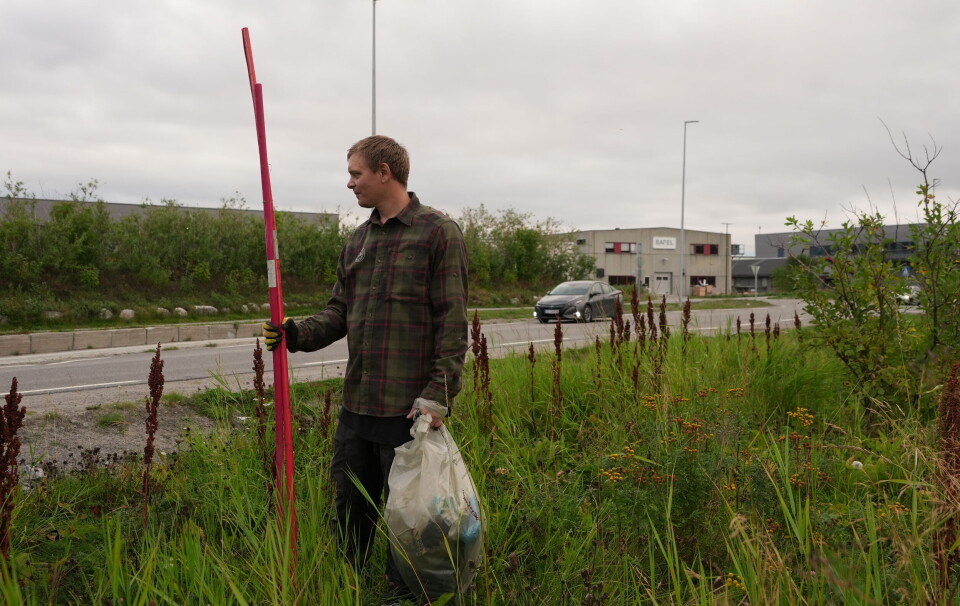
“A lot of these sticks inevitably end up scattered around in nature here. There are a lot of them in this fjord. It's a big problem,” Per says. “Before, the sticks used to be made of bamboo. These plastic ones break down into microplastics and end up in the ocean. It would be great if they could be made of organic materials again.”
Despite having a well-developed plastic recycling system in place for decades in Norway, it is hard to tackle the issue if other countries lag behind.
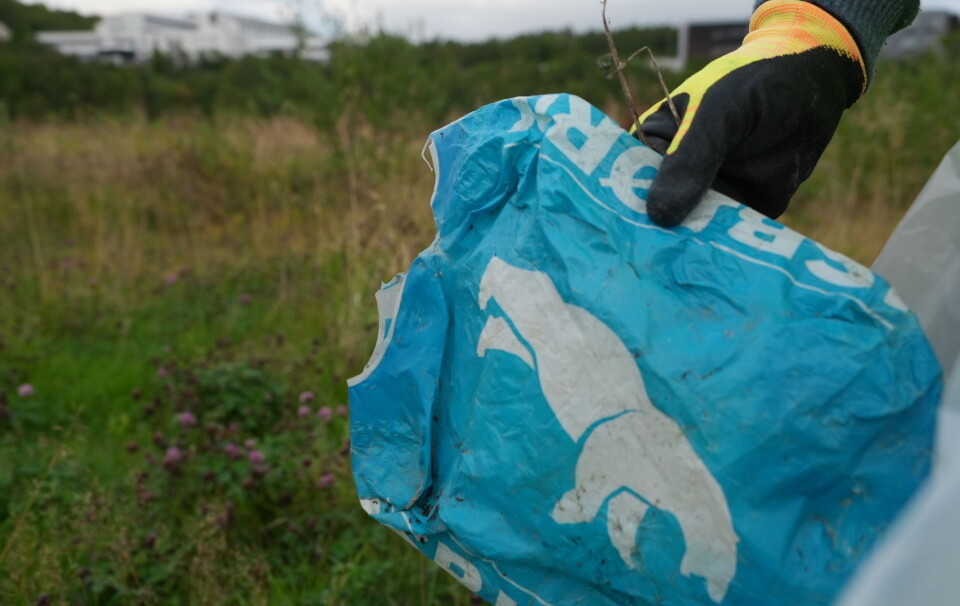
The United Nations Development Programme reports that most of plastic waste in the world still ends up in landfills today.
Plastic production – which industry analysts forecast to double by 2040 – will be the biggest growth market for oil demand over the next decade, Reuters highlights. And oil demand means a contribution to greenhouse gases, which accelerate climate change.
A few metres further along the coast, the volunteers stumble upon a large pile of construction waste with several plastic buckets of plaster and paint, and rubber gloves. All of this is piled on top of a concrete patch.
Gunnar: "I think it was left here by someone who works or lives nearby."
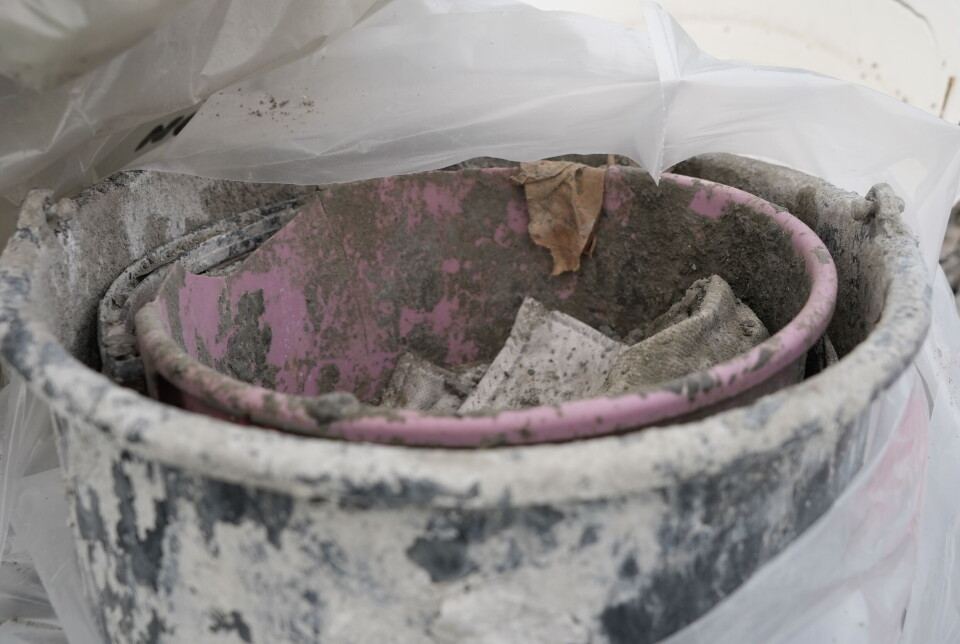
“I feel irritated looking at this pile,” Anne exclaims.
“It's completely unnecessary to do this. The problem is that when people see garbage scattered around, they think, 'Oh, I can easily throw more things here as well.”
Anne says this happens because people often don’t realise the harm that such waste causes to the environment. She believes that teaching children to care for nature could help raise awareness.

It's not just Norwegian waste that ends up in the local rivers and ocean.
Kirkenes is located just a few minutes' drive from the Russian border.
“We often find beer bottles with Russian labels in the local waters,” says Per. “I think they come from Russian fishing vessels.”
The fishing industry has long been one of the major sources of plastic pollution in the ocean. Experts are actively working on developing fishing nets made of organic materials.
Norway's farming industry also focuses on recycling as much as possible. In the course of a year, Norwegian farmers use over 20,000 tons of agricultural plastic, and in 2023, 93 percent of the plastic was recycled. While in 2022, only 77 percent of the plastic was recycled, NRK reported.

Despite so many efforts, even in Norway, experts are sounding the alarm about the amount of plastic being thrown away in nature, whether by ordinary people or industries.
For example, last year, a creek near Kirkenes was ranked as the second most polluted in Norway.
Anne says that plastic waste is a global problem that must be tackled through international cooperation.
“Every small thing you do locally has a global effect,” she emphasized.














